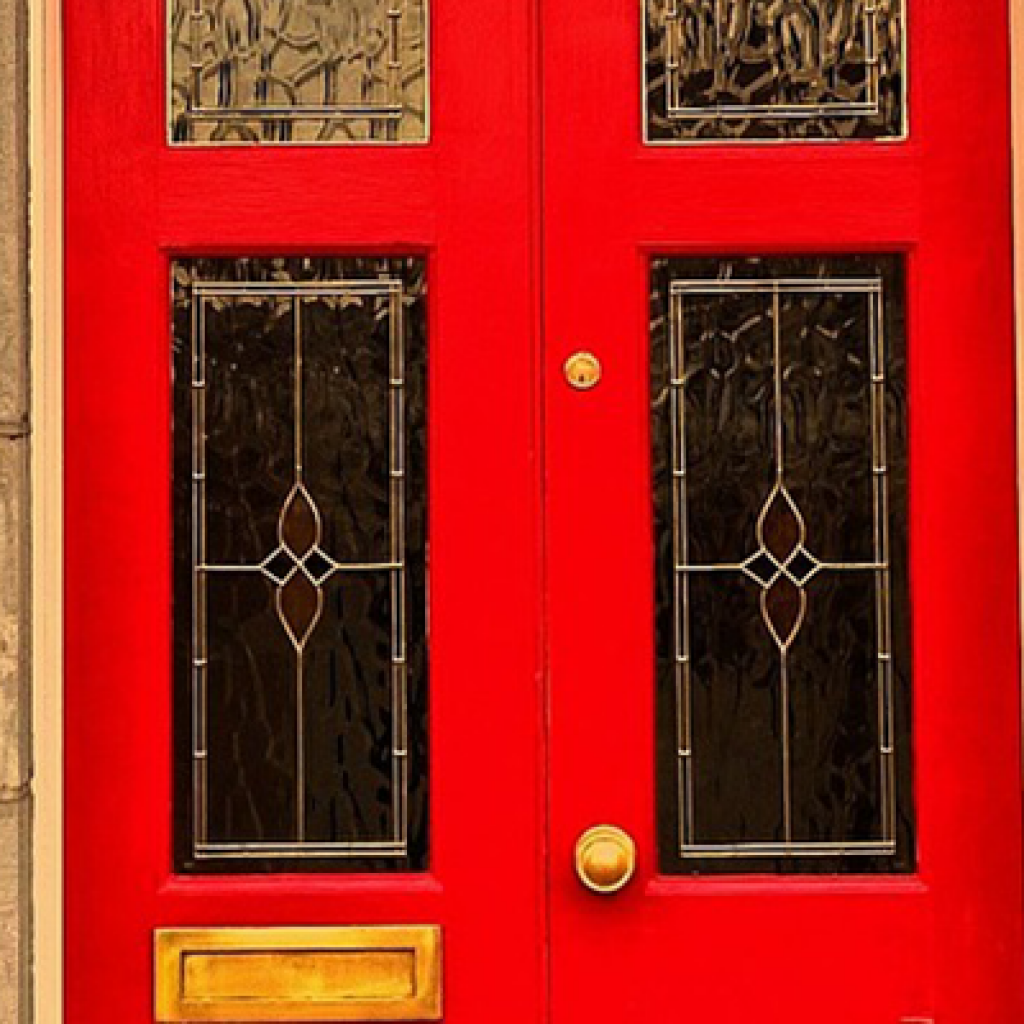A lawyer who acts for leaseholders in extensions and freehold purchase has called for a judicial review after the upper tribunal handed down a judgement which she says takes billions from leaseholders and gives to freeholders as part of a “ridiculously unfair” system.
The Upper Tribunal handed down a decision on two models of calculating the impact of a leasehold entering it’s last 80 years on the value of a property last month.
Louie Burns of Leasehold Solutions says the decision will result in “the biggest transfer of wealth from leaseholders to freeholders since 1066”.
Louie wrote: “The decision, an 80-page tome, was handed down last week and it must be singularly the most partisan, hypocritical and disingenuous legal decision for decades.
“It is clear that we need a judicial review as a matter of urgency before the ridiculously unfair and antiquated leasehold system we have in this country takes on a new and even more sinister twist.
“Once the lease length of a property has fallen below 80 years it is said to be worth less than its full value. For every year the lease length continues to fall it loses even more of its value. This is known as ‘relativity’.
“When a leaseholder extends their lease, they are directed – by law – to pay 50% of the resulting uplift in the property’s value; the lower the relativity, the more money the freeholder receives, so it has always been in their interests to ‘prove’ low relativity.
“Some two decades ago, a number of London’s landed estates decided to commission the development of their own relativity graphs. These graphs, produced by chartered surveyors and estate agents (no, really!), would offer ‘evidence’ from lease extension cases with which they had dealt, but which obviously ‘proved’ low values on flats with low leases. This ‘evidence’ and the resulting ‘methodology’ would then ensure they were able to squeeze much more from their leaseholders.
“These mighty freeholders had the wealth and power to ensure that their flawed graphs were used at the Lands Tribunal time and time again until such time that they were ‘accepted’ as viable methods or even ‘industry standard’.”
The Upper Tribunal was ruling on a new relativity graph proposed by Parthenia Valuation, which used nearly 8,000 pieces of evidence from the sale of flats in central London to calculate the loss of value scientifically and remove subjectivity.
The Upper Tribunal ruled that Parthenia’s model contained “technical errors”. The judgement stated: “The only one of the nine graphs considered above that is directly based upon transactions is the Savills Enfranchisable (2015) Graph which was produced specifically to be part of the Wellcome Trust’s evidence in relation to Flat 5.”
The full judgement can be found here.




















